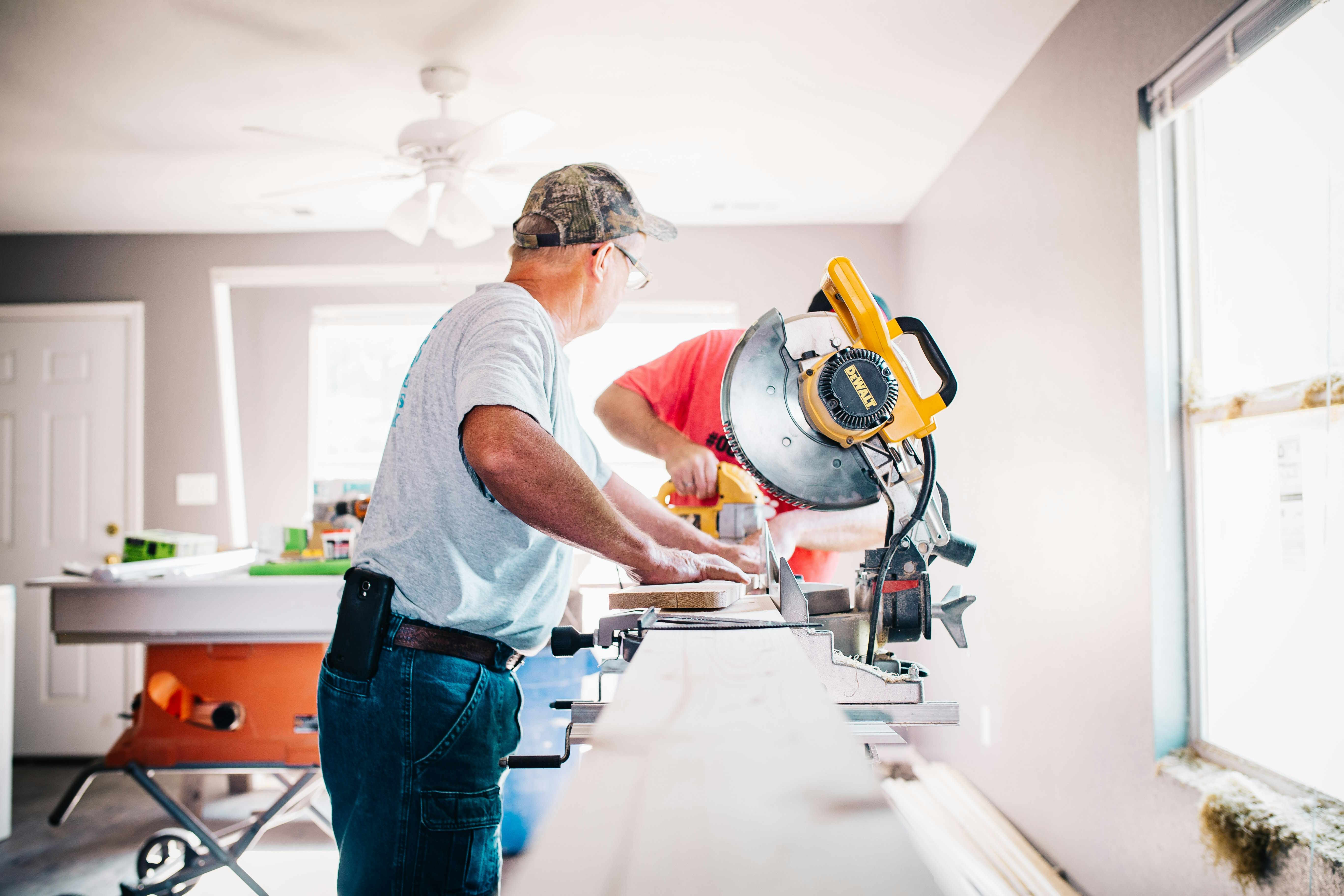Cabinet Installation Jobs: Roles, Skills, and Career Paths
Installing cabinets combines practical skills, project planning, and attention to detail. This article explains what cabinet installation jobs typically involve, the skills employers or clients look for, and realistic steps to pursue work in this field. It focuses on job duties, woodworking and carpentry competencies, furniture handling, and craftsmanship standards. This is an informational overview and does not advertise specific job openings or imply active hiring; readers should consult local services or job listings for current vacancies in their area.

Cabinet: typical duties and job tasks
A cabinet installer’s daily work centers on measuring, fitting, and securing cabinet units in kitchens, bathrooms, offices, and custom spaces. Tasks include site assessment, taking precise measurements, preparing walls and floors, assembling prefabricated or custom units, shimming and leveling, anchoring cabinets to studs, and installing hardware and trim. Installers often coordinate with contractors, plumbers, and electricians to ensure finishes align with plumbing and electrical fixtures. Strong time management and the ability to read plans are key because installers must adapt to site conditions and client preferences while maintaining safety and building-code compliance.
Woodworking skills useful for installation
Woodworking skills help installers troubleshoot fit and finish issues when factory tolerances or on-site conditions vary. Familiarity with cutting veneers, trimming cabinet face frames, scribing to curved walls, and repairing minor cosmetic damage are valuable. Proficiency with hand tools (chisels, planes) and power tools (table saws, routers, drills) speeds work and improves outcome quality. Knowledge of wood movement, finishing basics, and appropriate adhesives also matters when dealing with solid-wood components or high-end cabinetry. These competencies bridge the gap between installing pre-built furniture-like units and adapting to custom woodworking requirements.
Furniture handling and on-site practices
Cabinet installation intersects with furniture handling when units are delivered and positioned on site. Proper lifting techniques, use of dollies, straps, and protective coverings prevent damage to surfaces and reduce worker injury. Installers should coordinate logistics for heavy or bulky items, protect finished floors and fixtures, and maintain a clean workspace throughout the project. Attention to packaging removal, inspecting for shipping damage, and confirming that units match customer specifications are all part of a professional approach. Client communication about delivery windows and temporary disruptions helps set realistic expectations during installation.
Carpentry qualifications and certifications
Many cabinet installation roles are filled by carpenters or professionals with carpentry training. Formal qualifications vary by region and employer; some installers hold vocational certificates, apprenticeships, or trade school diplomas. Certifications from industry organizations or safety training—such as OSHA-related courses—can improve employability. Practical experience often matters most: employers commonly seek evidence of past installations, a portfolio of work, or references. For those starting out, working under an experienced installer or contractor provides on-the-job learning and exposure to varied project types, from simple retrofit installs to complex custom cabinetry.
Craftsmanship: quality standards and career progression
Craftsmanship in cabinet installation shows up as consistent gaps, aligned doors and drawers, smooth hardware operation, and durable anchoring. Installers who focus on fine adjustments, accurate leveling, and finishing details build reputations for quality that can lead to higher-value jobs or specialized niches (custom kitchens, retail fixtures, restoration). Career progression may move from helper to lead installer, estimator, or shop foreman; some experienced installers transition into cabinetry fabrication, project management, or start small installation businesses. Maintaining up-to-date skills, learning new materials (composite panels, soft-close systems), and documenting completed projects support long-term professional development.
This article provides an overview of the cabinet installation role rather than a list of current openings. For those seeking employment, typical next steps include building a portfolio, gaining hands-on experience with a contractor or cabinetmaker, and checking reputable job boards or local service listings to verify current vacancies. For clients looking to hire installers, ask potential providers for references, proof of insurance, and examples of recent work to assess workmanship and reliability.
Cabinet installation blends technical woodworking and practical carpentry with furniture-handling logistics and attention to craftsmanship. Whether pursuing a career or hiring a professional, understanding the core duties, necessary skills, and quality markers helps set realistic expectations for timelines and outcomes. This summary aims to clarify the role and what to look for in training or service providers, without referencing specific job listings or claiming vacancies.






